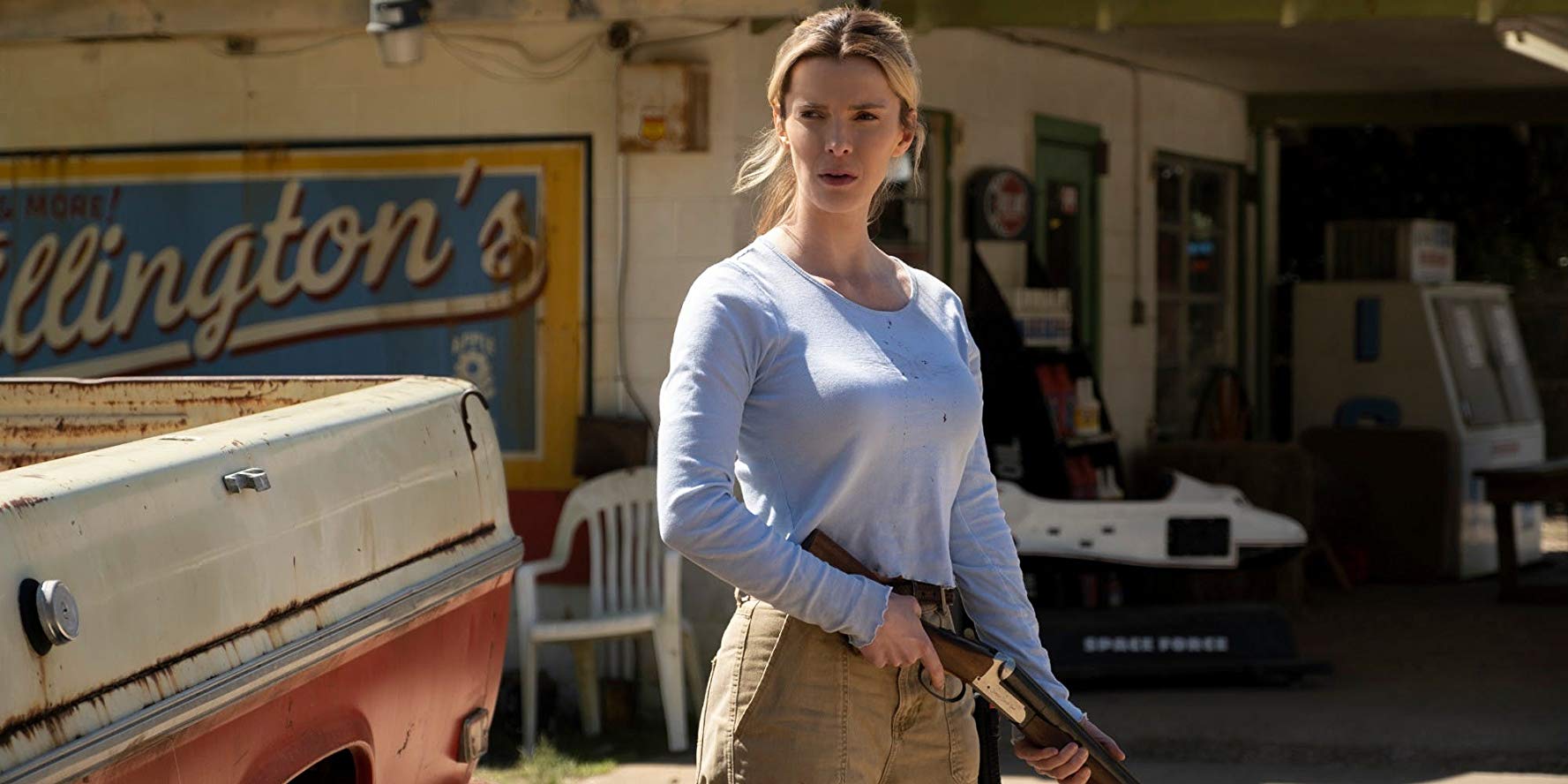Title: A Ghost Story
Rating: R
Director: David Lowery
Starring: Casey Affleck, Rooney Mara
Runtime: 92 min
What it is: Recently deceased from a fatal accident, a ghost (Affleck) represented as a figure draped in a white sheet–the classic image of a ghost–lingers in his home, silently drifting, holding onto something, while his lover (Mara) copes with his absence. Across time and beyond life and death, their connection is intangible yet infinite.
What We Think: In the history of cinema, there is probably no more than a handful of films which can be said to transcend their medium into something more closely resembling poetry of a uniquely visual kind, than being mere films. The finest example would be Andrei Tarkovsky’s Mirror. There are many films that attempt this, but they don’t succeed often. David Lowery’s A Ghost Story is the rare work of art that succeeds in this, and in a big way.
Whether it’s the unique aspect ratio which makes it feel like you’re viewing something old yet timeless; whether it’s the slowly drifting camera and soft, lovely composition and cinematography; whether it’s the way the film uses silence and stillness, or its chaotic yet lyrical approach to the infinite nature of time and its passing in the context of our finite, brief lives; A Ghost Story is a profoundly moving poem about loss, about grief, about love, about the things that bind us to people and to places–connections that can transcend time, even while time gives them meaning. Most of all it’s a film about what it means to be alive, how we spend so much of our lives leaving traces of ourselves so that, even after death, we may endure in some form, however small, no matter how futile it is in the abyss of time’s infiniteness. At times the film will linger on a moment in such a way that it finds the deep truths of what those moments mean: how true grief isn’t expressed in crescendos of emotion, but in the quiet moments when you are alone, listening to a song that meant something to you once and to the person you lost, or eating a pie as a way of both comforting and punishing yourself–anything to feel something. And although the film goes to abstract places, it does so with a sense of compelling wonder and the kind of emotional power that can only be found in the kind of art that trusts its viewer enough not to fill in every blank for them, and which aims to be about the truths that lie at the very core of what it means to be alive. The film’s storytelling is immense yet intimate in this way, and every one of its elements, from its bold and minimalist artisic choices–like having the ghost be a classic white-sheeted ghost–to the craft of its technical side, serves to form a film that is as much a poem as it is a wholly unique and uncommonly great piece of cinematic art.
Our Rating: A+, Films like this only come along once in awhile. It represents the kind of filmmaking that aims to do more than mere storytelling; it transcends the conventions of the medium, and isn’t about “what happens” in its plot. Don’t go into it with expectations related to the surface, to events and plot points; it’s film that is an environment, one you enter for awhile, absorb, and then leave. Some will find it a challenging experience–the famous five-minute scene where Mara’s character sits down to eat a pie serves as an excellent example. That scene alone caused a stir at Sundance, mostly being praised, but also dividing critics and viewers, as with the whole film. I maintain it is possibly the most realistic and honest and truthful visual depictions of grief that I have ever seen, serving also as a microcosm for the entire film. Despite how it may divide some viewers more accustomed to conventional storytelling, those who are able to fall into the film’s rhythms will find it is a profoundly moving and thought-provoking experience. And it will stay with you for a long time. As for me, I imagine it will stay with me for years and years to come. It has affected me in ways few films ever have, and already is one I consider one of the best I have ever seen.


